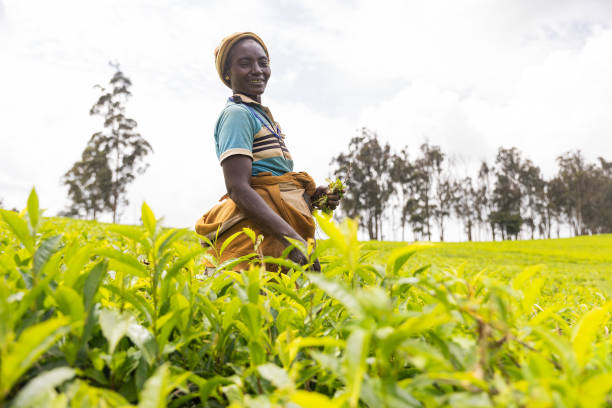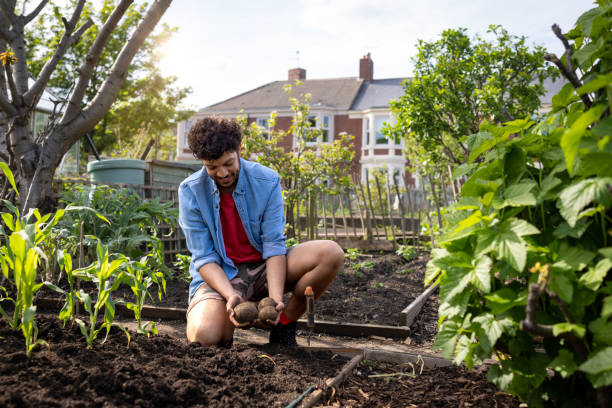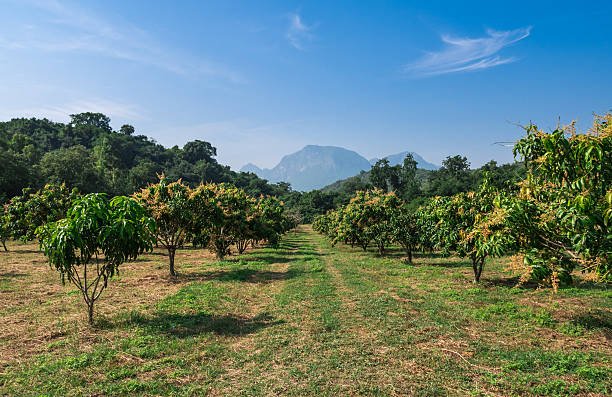Knowing your growing zone is one of the keys to good gardening. This allows your garden to flourish, which is why understanding regional gardening is so important. Here’s everything you need to know.

Image Credit: Unsplash
Understanding regional gardening
What works for one country or region might not work for another. Plants thrive differently in different zones. As a gardener, you need to be knowledgeable about the local climate and how it can affect or improve your growing crops. The first task for any gardener is to research their garden zone information.
As you start planning your garden, it’s important to consider the types of plants suitable for your regional garden zone. Different regional zones help gardeners understand the specific weather conditions and limitations associated with their area.
Garden zone information
Many gardeners often make the same mistakes – either trying to grow plants at the wrong time of year or choosing plants that are not suitable for their region. Understanding garden zones is crucial in this regard.
Here are the different zones you need to be mindful of:
Zones 1 and 5:
These are cold hardy regions with extreme winter temperatures that can cramp your garden style. Gardening in such a regional zone is daunting.
Zones 6 and 7:
This region has warm summers and cold winters. It is important to know when exactly to plant in this region. Some plants in this region may need to be planted indoors and then taken out as the climate becomes warmer. This diverse zone boasts plants that can withstand the cold winters of this region.
Zone 8:
With warm summers and mild winters, gardeners can grow plants all year round, making it ideal to start a garden in regional zone 8.
Zones 9 – 12:
These are some of the warmest growing zones. These zones give the gardeners room to be creative in their gardens. The warm climate offers a variety of different plants that can be grown.

Image Credit: Unsplash
Take some time to educate yourself on your climate zone and which plants will thrive. This will pay off in the long run helping you have a long-lasting and beautiful garden.
ALSO SEE:
Feature Image: Unsplash


